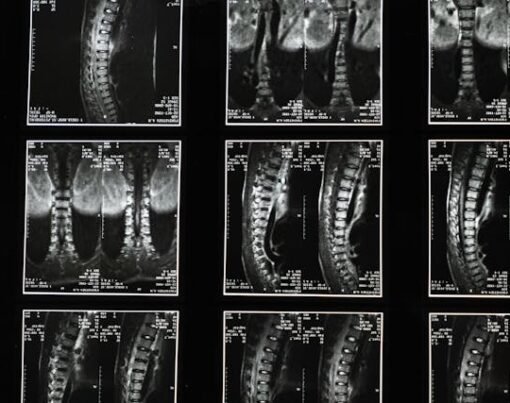Have you had spine surgery, but still find yourself in pain? Are you wondering if revision spine surgery could be the solution you’re looking for?
Making the choice to go back under the knife is never easy. In fact, it can be downright daunting. This article will explore key factors to consider when evaluating if revision spine surgery is the right choice for you.
From preparing for spinal surgery to acknowledging the risks, we’ll guide you through the decision-making process.
Table of Contents
Diagnosis and Imaging
To decide whether revision spine surgery is right for you, it’s crucial to correctly diagnose the source of your pain. If your pain persists after your initial surgery, your doctor may use imaging techniques like MRI or CT scans. These tests can give a detailed picture of your spine and help find what’s causing your discomfort.
Sometimes, the cause might be mechanical issues like hardware failure or non-union of a fusion. Other times, it may be due to new or persistent disc herniation. Clearly identifying the cause is the first step toward planning a successful revision surgery.
Failed Initial Surgery
Sometimes, initial spine surgery might not bring the relief you expected. This doesn’t necessarily mean that the surgery failed. It could simply be that the area of the spine that was operated on wasn’t the only source of your pain.
Other times, the surgery might have been unsuccessful due to complications or unforeseen circumstances. These could include infections, hardware malposition, or your body’s unique response to the procedure. In these cases, a revision surgery could be beneficial.
Risks and Benefits
Like any surgery, revision spine surgery has its risks and benefits. The potential benefits can include reduced pain, increased mobility, and improved quality of life. However, it’s essential to understand that results can vary based on individual circumstances.
On the other hand, revision spine surgery risks can include infection, nerve damage, and complications related to anesthesia. There’s also the chance that the surgery might not alleviate your pain. As such, it’s crucial to discuss these risks thoroughly with your doctor before making your decision.
Realistic Expectations
Just like any other surgery, there are risks and benefits when considering revision spine surgery. Benefits might include pain relief, improved mobility, and a better quality of life. However, the surgery also carries risks such as infections, blood clots, and nerve damage.
It’s also important to have realistic expectations. Revision spine surgery can really help, but it might not completely take away all your pain. It is crucial to consult with a spine specialist to thoroughly evaluate your condition, especially if you’re experiencing ongoing spinal stenosis symptoms
Non-Surgical Options
Before you consider another surgery, it’s worth exploring non-surgical options for relieving your pain. These could include physical therapy, nerve block injections, pain medication, or lifestyle changes like diet and exercise. Each of these options has its own set of benefits and drawbacks, and what works best will depend on your individual condition and circumstances.
Reclaim Comfort With Revision Spine Surgery
Dealing with persistent pain after spine surgery can be tough. Remember, you’re not alone, and there are options out there. Revision spine surgery might be a step toward the relief you need.
Always take the time to understand the process, risks, and benefits. Consult with your doctor, consider second opinions, and listen to your body. Choosing revision spine surgery could be your path to reclaiming a more comfortable, pain-free life.
We hope you found this article helpful. If you did, be sure to check out our blog for more great content like this










